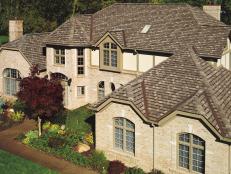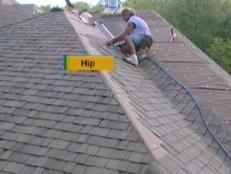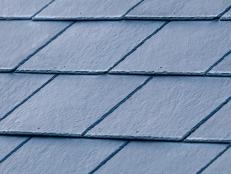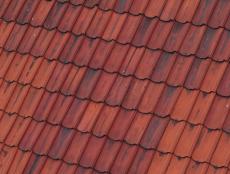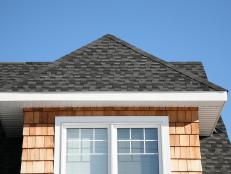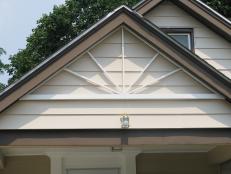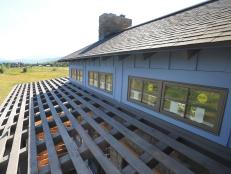Roofing Rules
Q: I'm having new shingles installed on my home in upper New York State. Looking at the estimate, I could not find a price for the roof paper. The roofer said that paper is not required for the new shingles. I thought it was required by code.
A: For an answer about codes, contact your local building officials. Because of geophysical and climatic differences, state or local codes can vary.
Prior to the 2000 International Residential Code (IRC), most codes were taken from the various trade groups, such as the National Electrical code, the National Mechanical code and the Uniform Plumbing code, I consulted the 2000 IRC's Section R905 "Requirements for Roof Coverings."
There, under asphalt shingles, I found requirements for the number and size of nails to be used, when to use an ice shield, where to place flashings, how to install shingles in regions with high winds and on and on.
There are two simple codes to remember for new shingles:
- First, the shingles must be delivered in packages "bearing the manufacturer's identifying marks and approved testing agency labels."
- Second, the roof shingles, "shall be applied" in accordance with the manufacturer's installation instructions. Every package of shingles I have ever seen has the installation. The instructions are usually printed on each bundle.
Felt paper is required under the new shingles. Insist that the roof shingles be installed to the standards listed on the shingles.
Other common shortcuts your roofer should avoid:
- Do not shingle over wet or damp roof sheathing or damp felt paper. The trapped moisture cannot evaporate when the sun heats the shingle.
- If you plan to stay in the home for the next 10 years, do not shingle over older shingles. The general rule, not a code, is to use only one layer of shingles for low-sloped roofs, possibly two layers for medium-sloped roofs and up to, but never exceeding, three layers of shingles on a steep-sloped roof. Stripping away the old shingles will cost more, but the new roof covering will last longer if it is a single layer.
- It is easier and cheaper to use a shingle material for flashings, but they don't have the same elasticity or life expectancy. Use metal flashings where the shingles butt up to a wall, chimney or skylight.
- Do not use caulking, roof tar or asphalt mixes to cover flashing materials. Use counter flashings made from the same metals as the flashing. Install new boots on plumbing vent stacks.
- Use similar roof sheathing materials — i.e., plywood or three-quarter-inch lumber — to repair holes that might be discovered in the original sheathing when the shingles are removed.
(Dwight Barnett is a certified master inspector with the American Society of Home Inspectors.)






